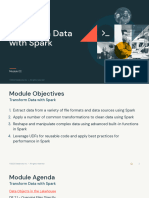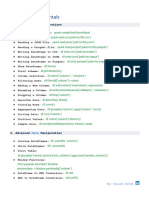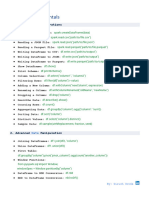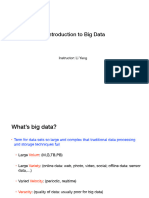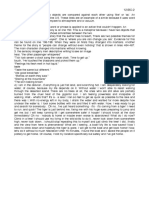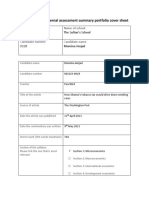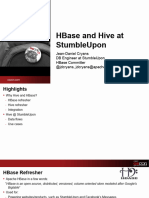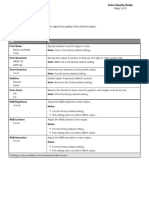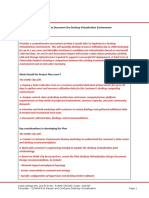0% found this document useful (0 votes)
65 views12 pages4220 5 (Python)
The document provides an overview of Python Crash Course covering basic Python and DataFrame manipulations in Databricks notebooks. It discusses how to import and open .ipynb and .py files in a notebook, perform basic file operations using DBFS commands, load and save data to/from Databricks, and describes simple manipulations and SQL queries that can be done on DataFrames.
Uploaded by
darren boesonoCopyright
© © All Rights Reserved
We take content rights seriously. If you suspect this is your content, claim it here.
Available Formats
Download as PDF, TXT or read online on Scribd
0% found this document useful (0 votes)
65 views12 pages4220 5 (Python)
The document provides an overview of Python Crash Course covering basic Python and DataFrame manipulations in Databricks notebooks. It discusses how to import and open .ipynb and .py files in a notebook, perform basic file operations using DBFS commands, load and save data to/from Databricks, and describes simple manipulations and SQL queries that can be done on DataFrames.
Uploaded by
darren boesonoCopyright
© © All Rights Reserved
We take content rights seriously. If you suspect this is your content, claim it here.
Available Formats
Download as PDF, TXT or read online on Scribd
/ 12

